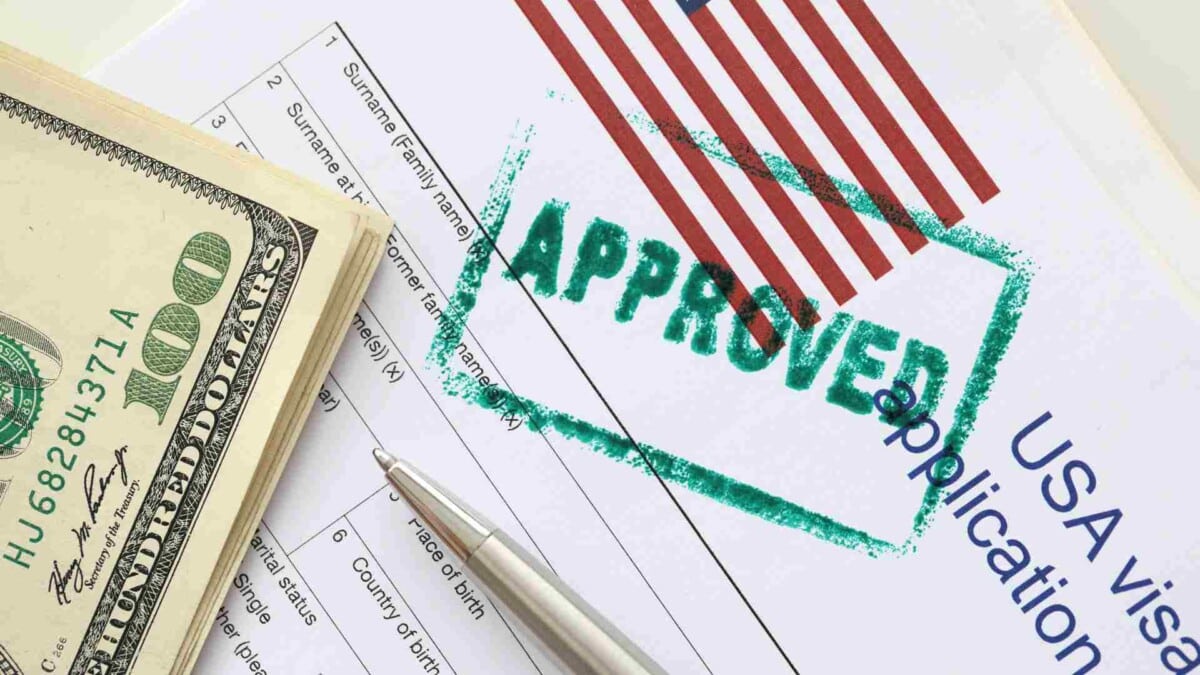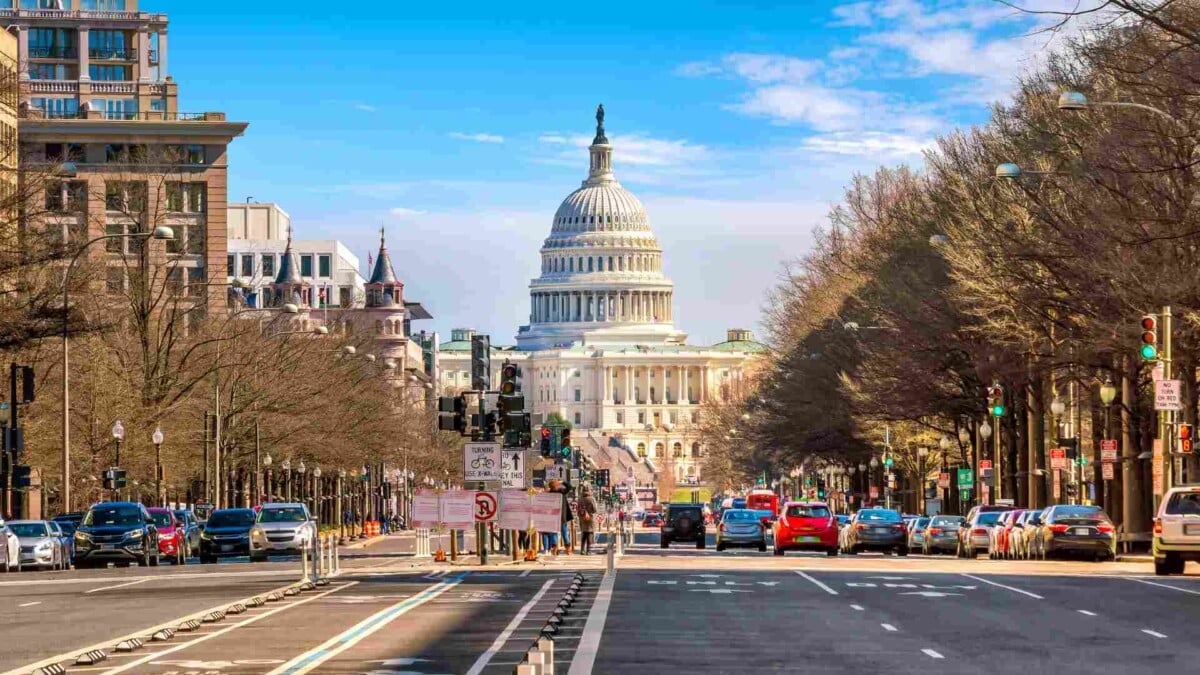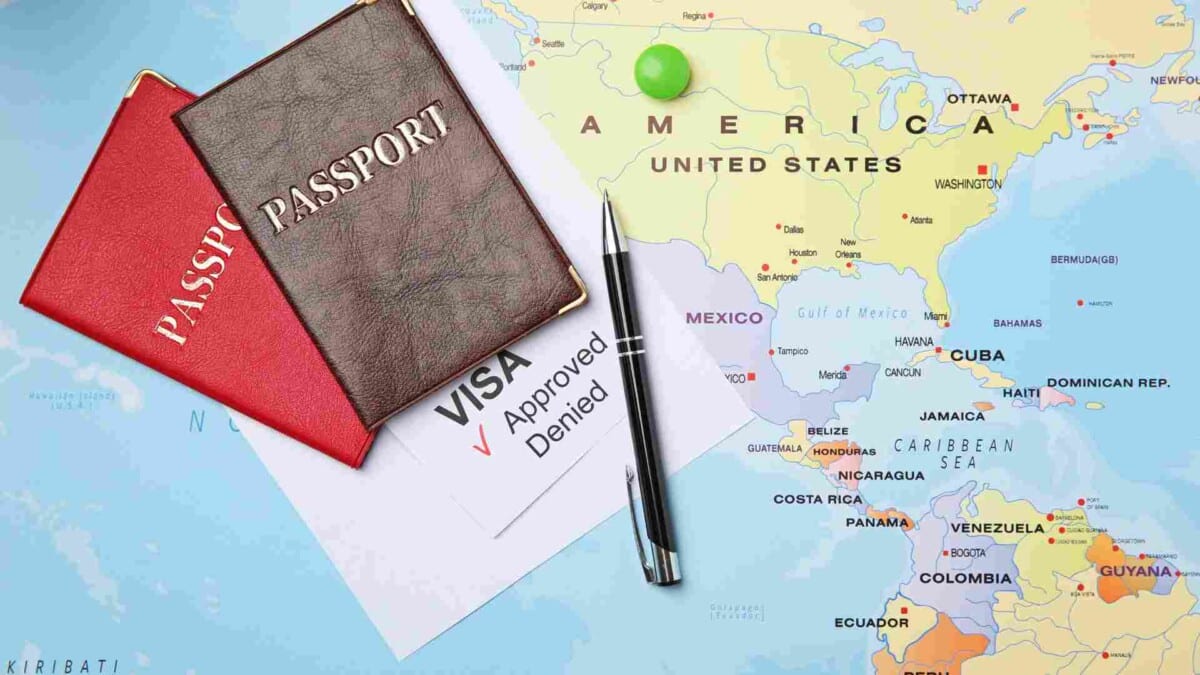Whether you are an executive or manager or possess specialized knowledge, this guide will help you understand the L-1 visa sponsorship, eligibility, requirements, and step-by-step application process. It also includes document and fee checklists.
L-1 Visa Sponsorship
The L-1 visa is an intracompany transfer or temporary worker visa allowing multinational companies to transfer their employees from their overseas entity to their U.S. branch or qualifying entity (e.g., parent, affiliate, or subsidiary).
The L-1 visa is a non-immigrant visa category that permits dual intent for both its categories – L-1A (executives and managers) and L-1B (specialized knowledge). Thus, it will not raise questions if an L-1A or L-1B applicant intends not to eventually leave the U.S. They are permitted to seek other immigrant visa options. However, on its own, the L-1 visa will not lead to permanent residency without a change in status to a different immigrant visa.
Furthermore, unlike other visa categories, the L-1 visa does not restrict how many can be issued yearly, thus avoiding significant backlogs. The L-1 visa is eligible for blanket petitions.
Eligibility
There are two categories under the L-1 visa:
L-1A
The L-1A visa is designed for executives and managers. An executive role is a high-level role typically involving the authority to make important decisions, including developing and implementing policies and regulations. On the other hand, a managerial role typically involves the supervision and control of the work of other employees, including the authority to recruit, terminate, and manage personnel. Alternatively, it can involve overseeing a function within the company, e.g., research and development.
This visa category allows an initial stay of three years. If transferred to the U.S. to establish a new office, this initial stay is reduced to one year. After this, it can be renewed in increments of two years for a maximum stay of seven years in the U.S.
L-1B
The L-1B visa is designed for employees possessing specialized knowledge. Specialized knowledge refers to expertise or a deep understanding of the company’s services, products, management, or processes that are difficult to transfer or find in U.S. workers, making the employee necessary to transfer to the U.S.
This visa category allows an initial stay of three years. If transferred to the U.S. to establish a new office, this initial stay is reduced to one year. Like L-1A, the L-1B visa can also be renewed in increments of two years for a maximum stay of five years in the U.S.
L-1 Visa Requirements
Aside from ensuring you are eligible for either L-1A or L-1B, you must also meet these requirements:
There must be a qualifying relationship between the overseas and U.S. entities.
Both L-1A and L-1B visa categories require a qualifying relationship between the foreign entity (your current employer) and the U.S. entity (the subsidiary, affiliate, or parent company). This relationship is vital to validate the legitimacy of the intracompany transfer.
The employee being transferred to the U.S. must have been employed by the overseas entity for at least one year within the last 3 years before the petition.
You must have worked for the foreign entity for at least one continuous year within the three years before your L-1 petition. Note that this must also be full-time (minimum 35 hours per week).
The employee’s employment must have been in an executive, managerial, or specialized knowledge capacity.
As previously discussed in the eligibility section.
The U.S. entity must also employ the employee in an executive, managerial, or specialized knowledge capacity.
You must be coming to the United States to work for the U.S. entity in an executive, managerial, or specialized knowledge capacity, like your previous employment overseas. The same definitions previously discussed in the eligibility section apply for these positions.
The U.S. entity the employee is being transferred to must have been operating for at least 1 year.
Your U.S. employer must have been doing business for at least one year. Otherwise, it will be considered a new office. L-1 petitions for new offices are heavily scrutinized and require a thoroughly prepared business plan with detailed personnel structure, investment information, location, and growth projections.
Step-by-step Application Guide
Once you have determined your eligibility and meet the abovementioned requirements, you can embark on your L-1 visa application. Here is the general process:
File Form I-129 (Petition for a Non-Immigrant Worker)
Your employer who will do L-1 visa sponsorship will need to file I-129 on your behalf. This form outlines your qualifications and the position you will hold in the U.S. entity.
Once the USCIS approves your petition, your employer will receive a notice of action (Form I-797) signifying the approval. This document will be crucial in the next steps.
Visa Application via DS-160 (Online Non-Immigrant Visa Application)
After your petition of L-1 sponsorship is approved and you have received form I-797, you can apply for a visa through DS-160. This will be filed and electronically submitted to the DOS website. Your answers in this form and your following interview will determine your eligibility for an L-1 visa. In addition, you will be asked to upload your photo. Follow the DOS photo requirements.
Ensure you print the DS-160 application’s confirmation page and bring it along with your documents and passport to your interview appointment. Ensure your passport is valid for at least six months after your interview.
Interview appointment
After your DS-160 application, you will schedule an interview at your home country’s U.S. embassy or consulate. Be prepared to answer questions about your role in the overseas and U.S. entities. Ensure you have your documents in case you need to present them. In addition, you will be required to provide a digital scan of your fingerprints as part of the process.
Once you complete the interview process, you will be issued an L-1 visa stamped on your passport. This will allow you to travel to the U.S.
Document Checklist
Here is a handy list of documents you may need for your application:
Your personal documents (photograph, passport, birth certificate, marriage certificate (if any), etc.)
Academic records
Resume
Form I-797
DS-160 (ensure you include the barcode)
Visa application fee proof of payment
Organizational charts (overseas and U.S. entities)
Job descriptions (overseas and U.S. entities)
Employment verification (overseas and U.S. entities)
Articles of incorporation (overseas and U.S. entities)
Audited current financial statements and tax returns (overseas and U.S. entities)
Corporate by-laws
Detailed statements explaining the ownership and control of the companies (overseas and U.S. entities)
Letters of recommendation
Business plan (for new offices)
Salary and compensation details
Pay stubs or remuneration evidence with the foreign entity
Licenses and certifications, if any
We recommend still checking with your immigration attorney for all the needed evidence, as it will vary on a case-to-case basis. This list is just a basic guide.
Fees
Form I-129: $460
DS-160: $160
Premium processing (optional): $2,500
Immigration attorney: varies
We’re here to help!
Ready to start your L-1 visa sponsorship & application? Message us to schedule a free consultation. Immigration Business Plan’s network of experienced immigration attorneys and professional writers is here to guide you every step of the way.





